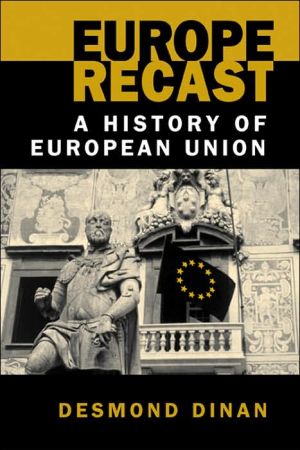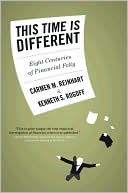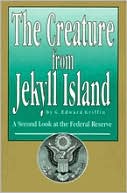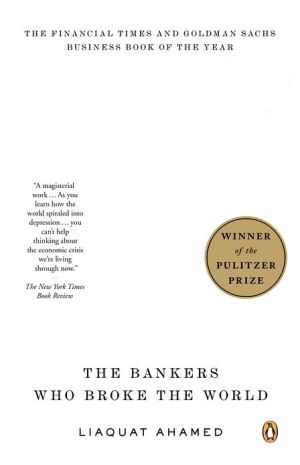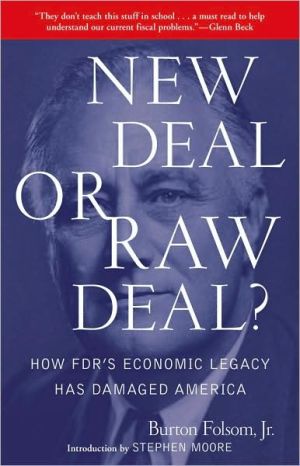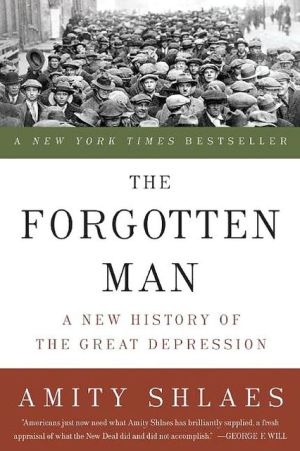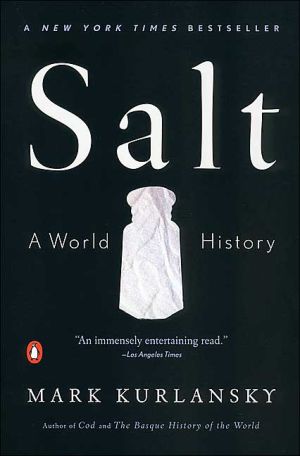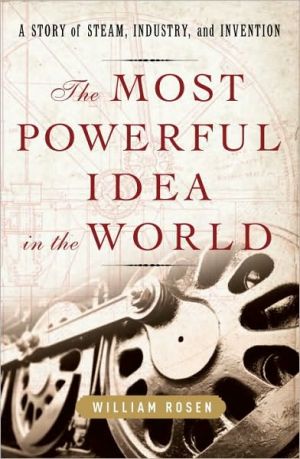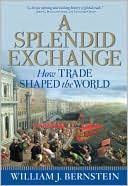Europe Recast: A History of European Union
"Europe Recast tells the story of European integration from its modern origins in the 1940s to the challenges of the new century." Dinan captures the dynamics of the evolving debates about European unity. Examining the factors and forces that led to today's union, he brings ideas, interests, and actors to life. He has written a book that, combining an authoritative treatment of the subject and an engaging style, is an essential guide to unraveling the complexity of the EU system in the...
Search in google:
From early Cold War support by the United States for European integration in order to enhance regional security and economic recovery from the ravages of World War II to the creation and current challenges of the Soviet Union, Dinan (public policy, George Mason U.) offers a history of European political and economic integration. He stresses the importance of national interests as an explanatory mechanism for integration over the existence of "Euro-idealism," but allows that a felicitous combination of pragmatism and idealism were necessary for the undertaking to succeed. Annotation ©2004 Book News, Inc., Portland, OR Library Journal The idea of European union received lip service during the 19th century, but it was the two world wars of the 20th century that pushed the idea forward. Shortly after the end of hostilities, a few visionaries began a process that eventually transformed a continent, asking the states to surrender some of their traditional sovereignty in order to achieve both peace and prosperity. The course as described here was far from smooth, and yet, in the end, it succeeded. Today's European Union (15 members strong, with ten more to join this spring) is an astounding achievement. This work is thoroughly researched, but the dry presentation simply doesn't convey any excitement. The chronological narrative by Dinan (George Mason Univ.) covers endless meetings, policy agreements, institution building, and the domestic political concerns of the successive governments that participated, but it fails to give readers a sense of history in the making. The big picture is thus lost. Unfortunately, few books give a good overview of the European Union John Gillingham's recent European Integration 1950-2002 emphasizes market integration rather than institutions, for instance and hence this book is recommended to academic libraries for its comprehensive treatment of an important institution. Marcia L. Sprules, Council on Foreign Relations Lib., New York Copyright 2004 Reed Business Information.
List of IllustrationsPrefaceIntroduction11What Kind of Union?132Europe of the Communities453Constructing the European Community834Reversal1255Recovery1676Transformation2057Achieving European Union2338The Challenges of European Union2659Conclusion321App. 1: List of Abbreviations and Acronyms327App. 2The Ever-Wider EU, 1957-2004329App. 3: Major Treaty Changes331App. 4: Chronology333Bibliography345Index359About the Book373
\ Library JournalThe idea of European union received lip service during the 19th century, but it was the two world wars of the 20th century that pushed the idea forward. Shortly after the end of hostilities, a few visionaries began a process that eventually transformed a continent, asking the states to surrender some of their traditional sovereignty in order to achieve both peace and prosperity. The course as described here was far from smooth, and yet, in the end, it succeeded. Today's European Union (15 members strong, with ten more to join this spring) is an astounding achievement. This work is thoroughly researched, but the dry presentation simply doesn't convey any excitement. The chronological narrative by Dinan (George Mason Univ.) covers endless meetings, policy agreements, institution building, and the domestic political concerns of the successive governments that participated, but it fails to give readers a sense of history in the making. The big picture is thus lost. Unfortunately, few books give a good overview of the European Union John Gillingham's recent European Integration 1950-2002 emphasizes market integration rather than institutions, for instance and hence this book is recommended to academic libraries for its comprehensive treatment of an important institution. Marcia L. Sprules, Council on Foreign Relations Lib., New York Copyright 2004 Reed Business Information.\ \
